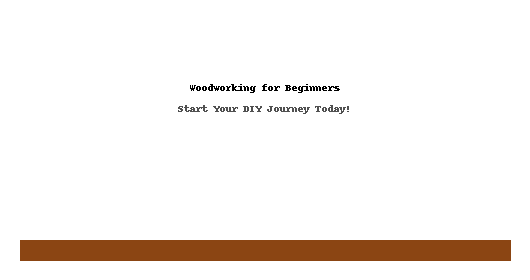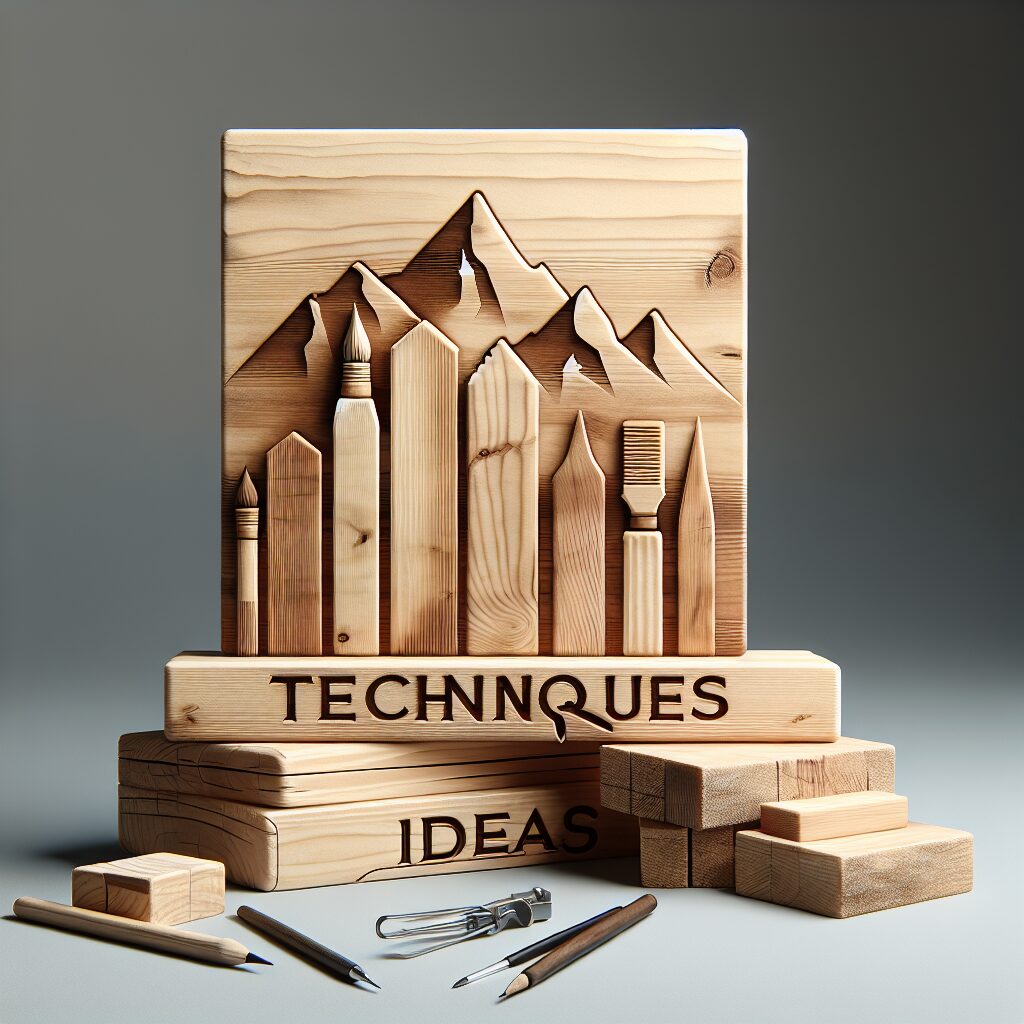Embarking on your woodworking journey is an exciting adventure that combines creativity, skill development, and the satisfaction of creating something with your own hands. This comprehensive guide will walk you through everything you need to know to start your woodworking journey with confidence. Whether you dream of crafting custom furniture, creating decorative pieces, or simply developing a fulfilling hobby, this guide will provide you with the foundation you need to succeed.
Understanding the Basics of Woodworking
Before diving into your first project, it’s essential to understand the fundamental principles of woodworking. Woodworking is both an art and a science, requiring a blend of creativity and technical knowledge. At its core, woodworking involves shaping and joining wood to create functional or decorative items. The key to success lies in understanding how wood behaves, how to work with its natural properties, and how to use tools effectively to achieve your desired results.
Setting Up Your Workshop
Your workshop is your creative sanctuary. While you don’t need a large space to start woodworking, having a well-organized area is crucial. Consider factors such as lighting, ventilation, and storage. Good lighting is essential for accurate work and safety, while proper ventilation helps manage dust and fumes. Start with a sturdy workbench – it’s the heart of your workshop. Ensure you have adequate storage solutions for your tools and materials to keep your workspace organized and efficient.
Workshop Safety Essentials
Safety should always be your top priority. Essential safety equipment includes safety glasses, ear protection, and a dust mask. Ensure your workspace has a first aid kit and fire extinguisher readily available. Proper ventilation is crucial, especially when working with finishes or creating dust. Consider installing a dust collection system, even a basic one, to maintain air quality.
Basic Workshop Layout
Organize your workshop to create an efficient workflow. Keep frequently used tools easily accessible, ensure adequate space around power tools, and maintain clear pathways. Good organization not only improves efficiency but also enhances safety.
Essential Tools for Beginners
Starting with the right tools is crucial for success in woodworking. While it’s tempting to buy everything at once, focus on quality basic tools that you’ll use frequently. Build your collection gradually as your skills and project needs expand.
Hand Tools
Quality hand tools are the foundation of woodworking. Essential hand tools include a good set of chisels, hand planes, measuring and marking tools, and a reliable hand saw. Learn to master these tools before investing in power tools – they’ll teach you about wood grain, cutting techniques, and precision work.
Power Tools
When you’re ready to expand your toolkit, consider starting with these essential power tools: a drill, circular saw, and random orbital sander. These versatile tools will handle most basic project needs. As you advance, consider adding a table saw, which is often considered the heart of a woodworking shop.
Understanding Wood Properties
Success in woodworking requires a solid understanding of wood as a material. Wood is a natural product that moves and changes with its environment. Learn about wood movement, grain direction, and moisture content. Understanding these properties helps you work with the wood rather than against it, leading to better results in your projects.
Wood Movement
Wood naturally expands and contracts with changes in humidity. Understanding this movement is crucial for project design and construction. Learn to work with this natural property to prevent your projects from cracking or warping over time.
Grain Direction
Wood grain affects everything from cutting to finishing. Learning to read and work with grain direction improves the quality of your cuts and the overall appearance of your projects.
Basic Woodworking Techniques
Mastering basic woodworking techniques forms the foundation for all your future projects. Focus on developing these essential skills:
Measuring and Marking
Accurate measuring and marking are crucial for successful woodworking. Learn to use marking knives, squares, and measuring tools properly. Remember the old adage: measure twice, cut once.
Cutting Techniques
Develop proper cutting techniques with both hand and power tools. Learn about different types of cuts, how to achieve straight lines, and how to make clean, accurate cuts consistently.
Joinery Basics
Understanding basic joinery is essential for building sturdy projects. Start with simple joints like butt joints and rabbets, then progress to more complex ones like dovetails and mortise and tenon joints.
Project Planning and Execution
Successful woodworking projects start with proper planning. Learn to develop project plans, create cutting lists, and work through projects systematically. Consider factors like material selection, tool requirements, and time management. Start with simple projects and gradually increase complexity as your skills improve.
Project Selection
Choose projects that match your current skill level while providing opportunities to learn new techniques. Starting with overly complex projects can lead to frustration and disappointment.
Material Planning
Learn to estimate materials needed, account for waste, and select appropriate wood for your projects. Understanding how to choose and prepare materials is crucial for project success.










